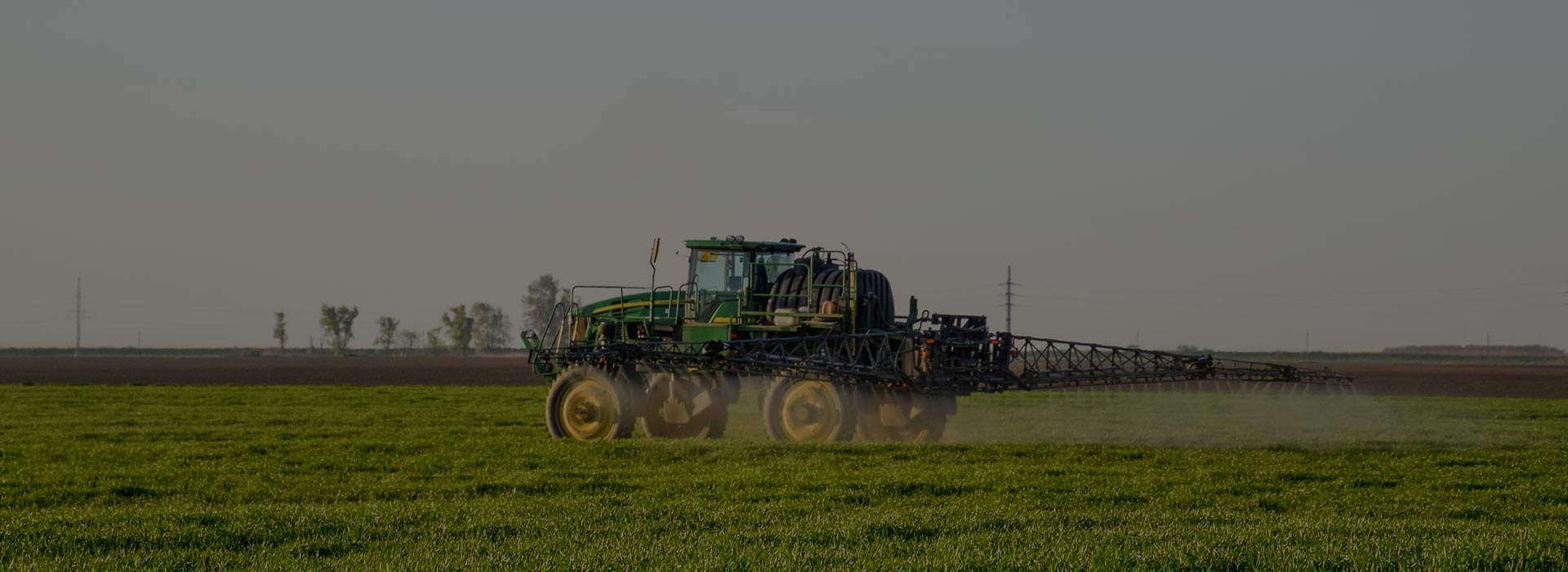Rice plants take around 3–6 months to grow from seeds to mature plants, depending on the variety and environmental conditions. They undergo three general growth phases: vegetative, reproductive, and ripening.
Rice varieties can be categorized into two groups: the short-duration varieties which mature in 105–120 days and the long-duration varieties which mature in 150 days. A 120-day variety, when planted in a tropical environment, spends about 60 days in the vegetative phase, 30 days in the reproductive phase, and 30 days in the ripening phase.
Stage 1: Germination
Germination in rice occurs when the first shoots and roots start to emerge from the seed and the rice plant begins to grow.To germinate, rice seeds need to absorb a certain amount of water and be exposed to a temperature range of 10–40 °C. This breaks the dormancy stage of the seed. When planted into flooded soil, the shoot is the first to emerge from the seed, with the roots developing when the first shoot has reached the air. If the seed is planted in non-flooded soil, the root is the first to emerge from the seed and then the shoot.
Stage 2: Vegetative phase
The vegetative phase is characterized by the development of tillers and more leaves, and a gradual increase in plant height. The number of days the vegetative stage takes varies depending on the variety of rice, but is typically between 55 and 85 days. The seedling stage starts right after the first root and shoot emerge, and lasts until just before the first tiller appears. During this stage, seminal roots and up to five leaves develop. As the seedling continues to grow, two more leaves develop. Leaves continue to develop at the rate of one every 3–4 days during the early stage. The late vegetative phase starts when tillering begins, which extends from the appearance of the first tiller until the maximum number of tillers is reached. This typically happens 40 days after sowing. The stem begins to lengthen late in the tillering stage and stops growing in height just before panicle initiation about 52 days after sowing, which also signals the end of the vegetative phase.
Stage 3: Reproductive phase
The first sign that the rice plant is getting ready to enter its reproductive phase is a bulging of the leaf stem that conceals the developing panicle, called the ‘booting’ stage. Then the tip of the developing panicle emerges from the stem and continues to grow. Rice is said to be at the ‘heading’ stage when the panicle is fully visible. Flowering begins a day after heading has completed. As the flowers open they shed their pollen on each other so that pollination can occur. Flowering can continue for about 7 days.
Stage 4: Ripening phase
The ripening phase starts at flowering and ends when the rain is mature and ready to be harvested. This stage usually takes 30 days. Rainy days or low temperatures may lengthen the ripening phase, while sunny and warm days may shorten it. The last three stages of growth make up the ripening phase.
Ripening follows fertilization and can be subdivided into milky, dough, yellow, ripe, and maturity stages. These terms are primarily based on the texture and color of the growing grains. The length of ripening varies among varieties from about 15 to 40 days. Ripening is also affected by temperature, with a range from about 30 days in the tropics to 65 days in cool temperate regions.



























































